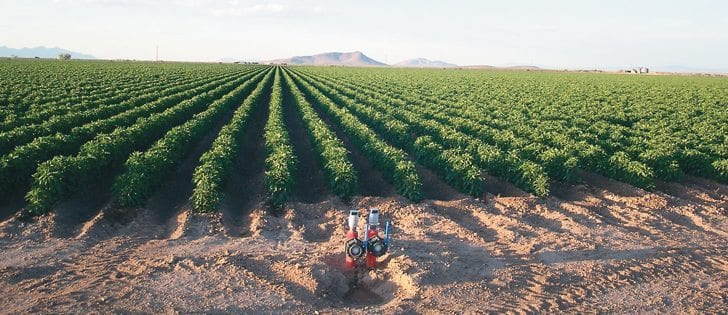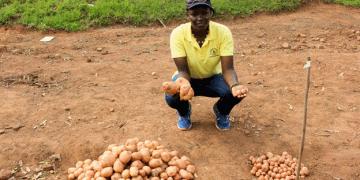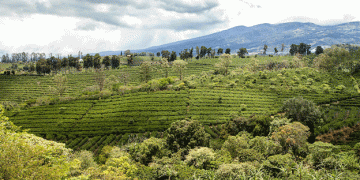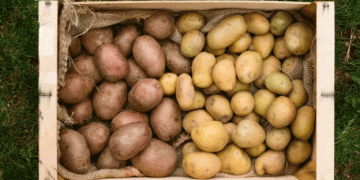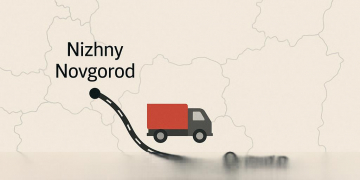Subsurface Drip Irrigation (SDI) is the most advanced irrigation method. It supplies water and fertilizers directly to the plant’s root zone, accurately and in keeping with the plant needs.
Subsurface Drip Irrigation System – One Solution, Multiple Benefits
SDI keeps the soil surface dry and reduces water evaporation from the soil, thus saving water and improving fertilizer uptake. The dry soil leads to a significant reduction in weed development and plant diseases. SDI Increases the dripline’s lifetime and protects it from mechanical and environmental damage. The SDI system can be used with effluent water in agriculture and landscaping since it prevents transmission of contaminants and pathogens from the water to the crop and the environment.
SDI is used for three applications, according to the crop and the cultivation method:
- One-year shallow SDI for row crops and vegetables
- Perennial SDI for row crops and vegetables
- Perennial SDI for alfalfa, orchards and sugarcane
Drip Line Irrigation Spacing & Depth
The dripper spacing along the dripline and between the driplines are designed according to the soil type and the crop, in order to supply uniform soil wetting for the crop.

Driplines are made of pipes and drippers (emitters). The correct intervals between drippers is essential for obtaining optimal results from any drip irrigation system.
5 essential considerations when selecting the optimal drip line irrigation spacing:
- Soil texture:
When the soil texture is coarse (sandy soil), the pattern of wetting is a narrow “bulb”: water penetrates the soil more quickly to the depth and more slowly to the sides. When soil texture is finer, with more silt and clay in it, this “bulb” is wider and the wetting pattern will look like circles with a bigger diameter, compared to sandy soil. Most plants consume the largest portion of water and nutrients from the upper layer of the soil. When water and nutrients percolate deeper, the roots ability to consume water and nutrients decline, with reduced irrigation efficiency. Ideal dripper intervals will maintain the moisture in a way that the “bulbs” are connected and roots can develop along the dripline without dry barriers between wetting zones.
- Plant size and spacing:
Small, crowded crops benefit from shorter intervals between drippers. When drippers are too far from the plants, rooting and development may slow down, and when drippers are too far from each other it is common to see an irregular growth pattern, in which plants close to the drippers are more developed. When nutrients are applied by fertigation, the growth difference will be even more pronounced because of the extra variability in nutrient distribution and uptake.
- Root aeration requirements:
Some plants are more sensitive than others to low soil aeration. In orchards, more drippers between trees will enhance faster expansion of the root system, and faster and more sustainable growth of the trees. More drippers encourage root growth and expansion in the soil. When there is a heavy nutrient demand, the extra roots, and the extra soil volume, serve as a buffer to the plants, and reduce nutritional fluctuations.
- Root system geometry:
A plant root system can be deep or shallow. The cause can be genetic, soil layering, or irrigation and crop management. For plants with deep roots, dripper distance can be bigger, however, when plants have shallow roots, irrigating with more drippers will increase the soil volume that participates in the irrigation, improving water and nutrient supply to the plants. During season transition: from rainy season to dry season or vice versa, the roots may need to adapt to drastic changes in the soil moisture pattern. When this change is fast, the plants may suffer from transient water stress. But with more drippers (more wetting points), the difference in soil moisture pattern will be more marginal, resulting in faster adaptation and minimal water stress during transition.
- Clustering:
In orchards with large trees there is a long distance between the trees, and in many cases, there is no reason to irrigate the space between these trees. For such orchards, like walnuts and palm trees, Metzer distributors offer an innovative dripline solution: Clustering. The idea behind clustering is that each tree is irrigated by a group of drippers adjacent to the tree. This way the space between the trees is not irrigated and all water and nutrients are applied close to the tree. One-year shallow SDI
In one-year shallow SDI the driplines are installed at a depth of 10cm or less before plant sowing or planting. At the end of the growing season, the thick-walled driplines are collected for reuse, while the thin-walled driplines are removed for disposal either during or after the harvest.
Perennial SDI
In perennial SDI for row crops and vegetables the driplines are installed at a depth of 20-50 cm, according to the crop and the cultivation method. With the help of innovative agro-mechanical technology, the driplines are installed at the required depth and spacing with a precise marking of the dripline location, on the ground or through GPS. In this way the dripline position can be identified easily in the following years and mechanical damages to the irrigation equipment can be avoided.
In perennial SDI for alfalfa, orchards and sugarcane the driplines are installed at the required depth and spacing according to the soil type and the crop water demands, without the need for location marking.

SDI is the most advanced irrigation method today. However, it cannot be successfully installed without the relevant know-how and experience in the areas of design, installation and maintenance. Metzer has extensive experience and unique products which position the company as the leading supplier of SDI systems in Israel and around the world.
Subsurface Drip Irrigation & Clogging
The concern about dripper clogging is the major reason why SDI, despite its excellent benefits, has not become the most popular irrigation method today. Clogging in above ground driplines is usually caused by a combination of different factors in the water, such as particulate matter (physical clogging), precipitation of dissolved matter (chemical clogging), or biofilm development in both the dripline and the emitters (biological clogging). In SDI systems there are two additional clogging causes: intrusion of roots and suction of soil or dirt particles into the dripper during the intervals between the irrigation cycles.
Advanced Dripper Protection
Metzer has long-term experience and unique drip irrigation products which protect drippers from clogging in both above ground and SDI applications.
The dripper design has a major effect on its sensitivity to clogging, in particular the size of the inlet filter, the cross section area of the water passages, and the water flow turbulence and velocity. Equipped with the largest inlet filter area, wide water passages and turbulent flow in the labyrinth, the Metzer drippers can deal successfully with this challenge.
The problem of root intrusion in SDI is usually controlled with a periodical injection of herbicide into the water. Metzer SDI drippers use the RootGuard® (RG) technology. The herbicide is inserted into the dripper composition preventing root development and subsequent intrusion into the dripper.

In addition, Metzer developed the ASSIF anti-siphon dripper with RG technology. The anti-siphon mechanism of the ASSIF prevents suction of water and soil particles into the dripper and the RG technology protects the dripper from root intrusion. The above drippers have been found to be exceptionally resistant to clogging in SDI systems, even with low quality water such as effluent.

